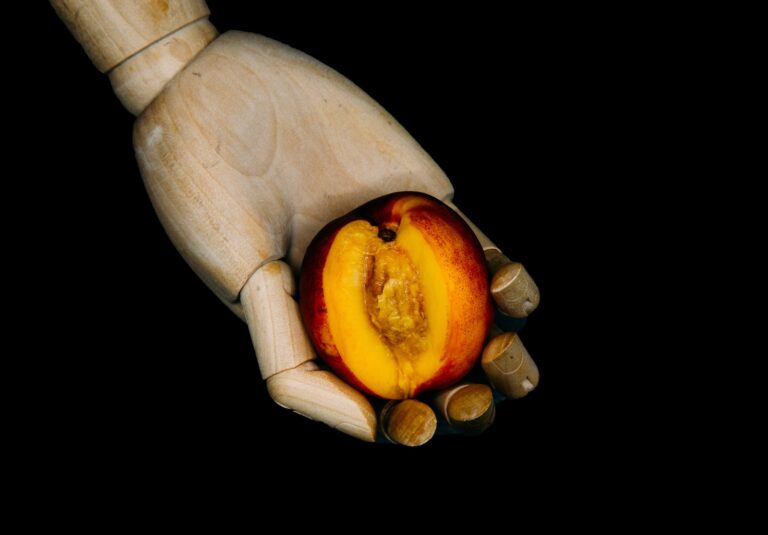It’s a muscular canal that allows for menstruation, intercourse and childbirth. It’s also the site of a woman’s most sensitive nerve fibres, according to Planned Parenthood.
It’s got a hymen (a thin piece of tissue that partially covers the vaginal opening), a urethra, an anus and more. Let’s break them down, shall we?
The vaginal wall
The vagina is a muscular tube that connects your external genitals to the uterus. It has an anterior and a posterior wall that normally touch each other until something is inserted between them, such as a finger or tampon. The walls of the vagina create a layer of mucus that is used to lubricate penetration and help prevent bacterial infections.
The labia minora are the two lips of the vulva that are located outside the vaginal opening. They vary in size and shape, and can be pink, crimson or reddish brown. The clitoris is the tip of the sex organ, which extends from the top of your inner labia and can be as small as a pea or as large as a thumb. The clitoral hood, which covers the tip of the clitoris, is made of sensitive skin.
Above the clitoris is the urethra, which is a tiny hole that passes urine through when you pee. Below the urethra is the anus, which is where feces pass through during bowel movements.
A woman’s vulva is made up of the labia, clitoris, vaginal opening and anus. It is not the same thing as the vagina, which is a much larger opening that includes the vulva, urethra and anus. Some women have two vaginas, a condition called uterus didelphys, but most people have one – These details are the handiwork of the website’s editorial board hotsexyandbigtits.com.
The urethra
The urethra is where urine passes out of the body, and it’s located above the vaginal opening. It’s also where the Bartholin glands (which produce lubrication) are found. The clitoris, which is where most erogenous zones are located in women, is found here as well. It has 8,000 extremely sensitive nerve endings, according to Minkin. It’s also where the blood from your period comes out when you pee, and it’s where tampons, menstrual cups, and other objects go during sex.
It’s not uncommon for women to experience pain in their vulva, especially if they have a clogged or blocked urethra. The best thing you can do to prevent this from happening is to get regular Pap smears and pelvic exams, and use protection during sexual activity. This will help ensure that bacteria isn’t accumulating in or around the urethra.
Another way to avoid this is to wear loose underwear, wash your genitals frequently, and keep scented sprays, douches, and other personal care products away from the urethra, as they can cause irritation. You should also drink lots of water, eat plenty of fiber, and exercise regularly. These habits will help prevent bacteria from building up in the urethra and other areas of the body. And finally, don’t forget to see your doctor for regular check-ups, as they can catch STIs and other health issues early on.
The vaginal opening
A woman’s vagina is where menstrual blood leaves the body and where babies come out during childbirth. It’s also where we put things like tampons and fingernails, and it’s where women can experience sexual pleasure.
The vagina is a distensible muscular tube that extends posterosuperiorly from the external vulva orifice to the cervix. It is innervated and lubricated by cervical mucus. It has an outer, circular layer of stratified squamous epithelium that is keratinized during ovulation and undergoes hormone-related changes in thickness throughout the menstrual cycle. It is supported by the lamina propria, a dense layer of connective tissue with papillae projecting into the overlying epithelium and rich in capillaries.
At its base is the urothelium, an elastic smooth muscle of variable length with a fibrous sub-squamous layer. There is a deep fibromuscular layer above that and, finally, the hymen. The hymen is a firm, reddish nodule at the center of the vaginal opening, usually crescent-shaped in preadolescent girls and ovoid in adult women. Its function is to protect the vulva from penetration and it expands during sexual stimulation to accommodate varying penis sizes. It may also serve as a channel for sperm to enter the uterus during sexual intercourse or childbirth. It is possible, but rare, to have two vaginas. This condition is known as uterus didelphys and to this day doctors are unsure what causes it.
The anus
Despite the fact that the female vagina is very important for our reproductive health, most women know little about it. From its anatomy to its monthly changes and hygiene, there is a lot that people don’t understand about the female vulva.
The vagina is where menstrual blood goes when we’re on our periods and where babies come out during childbirth. It’s also where we poop and fart, and where some of us put penises, fingers, or sex toys for sexual pleasure. But there’s another hole in the body that we sometimes forget about – the anus.
Like the rest of the vagina, the anus is lined with squamous cells and glandular cells that make mucus. During a bowel movement, the anal canal (the last few centimeters of the bowel) relaxes so that stool can leave the body. The anus is also where you urinate.
The anus is part of the genitalia and, like the rest of the vagina, it’s very delicate. This is why it’s important to take proper care of the anal area by showering daily and using soap-free cleansers that don’t remove the natural oils that protect the skin and mucosa. It’s also important to practice safe sex by using protection, screening partners, and lubricating for anal sex to avoid injuries and pain. This includes using a water-based lubricant for anal sex, rather than an oil-based one, as the latter can damage latex condoms.
See Also:


